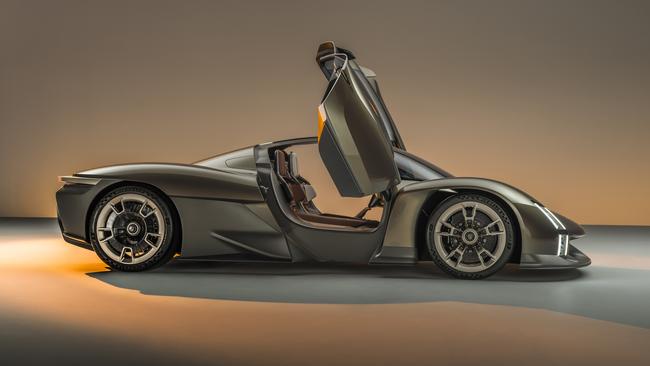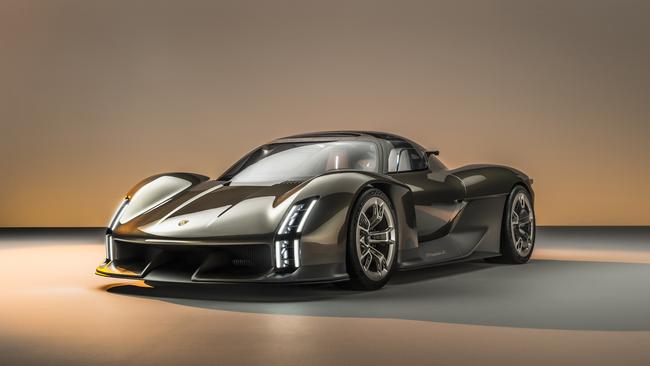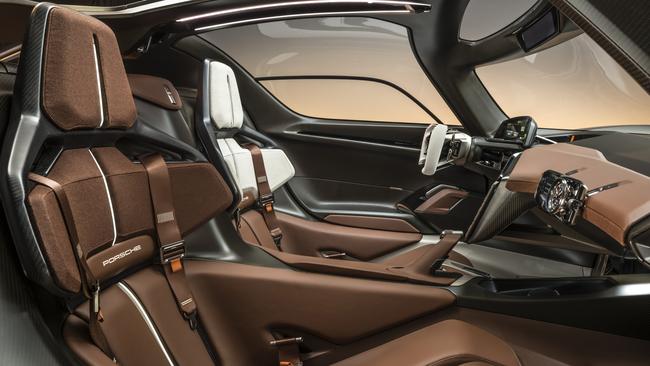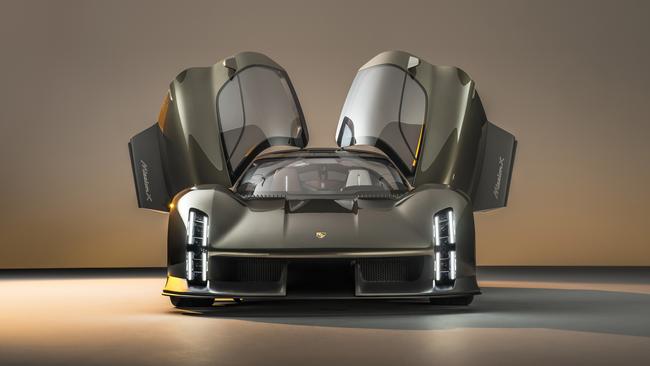Porsche has a new Mission: how far can an EV go?
Porsche is pushing boundaries with their new hypercar, the Mission X. And the mission at hand? To see how far and, more importantly, how fast electric power can go.

Porsche is on a mission to make electric cars faster and more exciting than ever before, and it’s starting with the striking Mission X.
Unveiled last weekend in Stuttgart, Germany this new hypercar concept has some very challenging goals to achieve, but it’s important that it does because the future of the brand is relying on it.
The Mission X is inspired by the brand’s history in the famous Le Mans 24-hour sports car race, and was revealed on the eve of the company’s return to the race after a five-year absence. But it also has a clear connection to Porsche’s previous ‘halo’ supercars like the 918 Spyder, Carrera GT and 959 - all of which pushed the boundaries of technology in some way. The Mission X (which does sound a bit like an Elon Musk rocket) is here to see how far and how fast electric power can go.

Porsche has clearly stated its goals for the Mission X: to be the fastest road-legal vehicle around the Nürburgring Nordschleife; have a power-to-weight ratio of roughly one horsepower per kilogram; achieve more downforce than its track-focused 911 GT3 RS; and, on top of all that, it wants to “significantly improved charging performance” over the already impressive Taycan Turbo S.
Porsche hasn’t revealed all the details of how it plans to achieve these grandiose targets, but it has given some crucial hints. For starters, the company’s release on the car referenced a new 900-volt electrical system architecture, which is a step ahead of the current 800-volt set-up used in the Taycan. It claims this will charge “roughly twice as quickly” as the current system, which could mean the Mission X being able to top up from five per cent to 80 per cent battery charge in just 11 minutes.

As for the battery itself, Porsche says it is installed behind the front seats, rather than spread across the floor like most other modern electric vehicles. This so-called ‘e-core layout’ allows for better weight distribution, which, in turn, means better handling.
Porsche chairman Oliver Blume said the introduction of the Mission X represents a key moment in the brand’s development, as it prepares to unleash a wave of new electric models, including its first proper electric sports car - the replacement for the 718 Boxster and Cayman.
“The Porsche Mission X is a technology beacon for the sports car of the future,” Blume said. “It picks up the torch of iconic sports cars of decades past: like the 959, the Carrera GT and the 918 Spyder before it, the Mission X provides critical impetus for the evolutionary development of future vehicle concepts.

“Daring to dream and dream cars are two sides of the same coin for us: Porsche has only remained Porsche by constantly changing.”
The electric 718 sports car was previewed in the Mission R concept and is due to hit showrooms as soon as 2025. Before that the new-generation Macan SUV will ditch petrol-power for electric motors and that will be followed before the end of the decade by an all-electric Cayenne SUV and a new SUV member of the range, codenamed K1, which will sit at the top of the line-up.



To join the conversation, please log in. Don't have an account? Register
Join the conversation, you are commenting as Logout